A pin nailer is used to securely attach small, delicate trim pieces without leaving visible holes or causing damage. It is ideal for tasks that require precision and a clean finish, such as attaching crown molding or securing decorative trim.
With its narrow 23-gauge nails, a pin nailer ensures a secure hold without splitting the wood, making it a valuable tool for woodworking and crafting projects. The compact size and lightweight design of pin nailers allow for easy maneuverability and access to tight spaces.
Overall, a pin nailer provides a convenient solution for professionals and DIY enthusiasts seeking a fast, reliable, and professional-grade method of attaching delicate trim pieces.
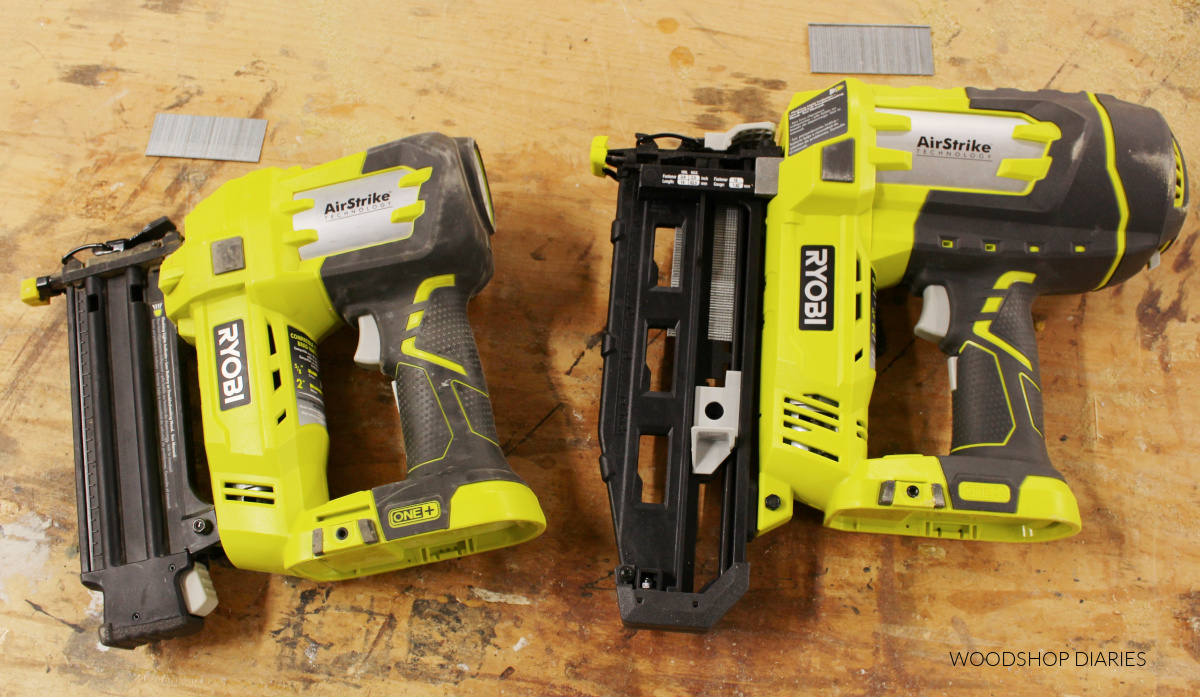
Credit: www.woodshopdiaries.com
What Is A Pin Nailer?
A pin nailer is a specialized tool used for precision nailing in woodworking projects. It is smaller and more delicate than other types of nailers, designed specifically to drive pin nails. Pin nails are extremely thin and have no heads, making them ideal for discreetly attaching delicate or thin materials without leaving behind visible marks or holes.
A pin nailer differs from other nailers in terms of its size and functionality. Unlike a brad nailer or a staple gun, a pin nailer uses much smaller and thinner nails, typically ranging from 23 to 18-gauge. These tiny nails are nearly invisible once driven into the wood, creating a clean and seamless finish. Additionally, pin nailers offer greater control and precision, allowing woodworkers to attach delicate trim, moldings, and veneers without the risk of splitting or damaging the material.
Overall, a pin nailer is an essential tool for any woodworking enthusiast or professional, enabling them to achieve precise and invisible nail placements, creating clean and professional-looking results.
Uses Of A Pin Nailer
A pin nailer is a versatile tool used for delicate woodworking projects like trim installation, cabinet making, and furniture repair. It provides a secure and discreet fastening solution without leaving behind large nail holes.
A pin nailer is a versatile tool that can be used for various applications. It is commonly utilized for trim and molding installation, where it provides several benefits. The lightweight and compact design of a pin nailer allows for precise and effortless placement of small brad nails, ensuring a clean and professional finish. It is commonly used for installing baseboards, crown molding, and window or door casings.
In addition to trim and molding, a pin nailer is also beneficial for cabinet and furniture assembly. Its narrow gauge pins are ideal for securing delicate and intricate parts without causing any splitting or damage. When used for assembly, it creates strong and reliable joints. It is commonly used in building cabinets, chairs, tables, and other furniture pieces.
Moreover, a pin nailer is essential for craft and DIY projects. Its ability to provide a nearly invisible fastening solution makes it perfect for attaching small and delicate pieces together. Whether you are working on small wooden crafts or DIY home decor projects, a pin nailer will help you achieve precise and secure connections.
In summary, a pin nailer serves a variety of purposes. From trim and molding installation to cabinet and furniture assembly, as well as craft and DIY projects, it is a valuable tool in any woodworking or crafting toolbox.
Benefits Of Using A Pin Nailer
A pin nailer is a versatile tool that is commonly used in woodworking projects. One of the main benefits of using a pin nailer is its ability to minimize wood damage. Compared to other types of nails, pin nails are extremely small and this minimizes the chances of splitting or cracking the wood. This is especially advantageous for delicate and detailed projects where a larger nail may cause damage.
Another advantage of using a pin nailer is that it eliminates the need for wood putty. Pin nails are so small that they leave virtually no visible holes in the wood, eliminating the need to fill them with putty. This saves both time and effort in the finishing process.
In addition, pin nailers are quick and efficient. They speed up the installation or assembly process, making it easier to complete projects in a timely manner. Whether it’s attaching trim, molding, or other wood pieces, a pin nailer is a powerful tool that can save both time and energy.
Some examples of time-saving projects where a pin nailer can come in handy are attaching decorative trim to furniture, securing thin pieces of wood during construction, or even building picture frames. With a pin nailer, these projects become faster and more efficient.
Tips For Using A Pin Nailer
Choosing the right pin size for a project is essential. Factors to consider when selecting the appropriate pin size include the thickness and type of material being nailed. Thicker materials may require longer pins for better holding power. However, it’s important to balance holding power with visibility, as longer pins may be more noticeable on the surface. Experimenting with different pin sizes can help achieve the desired outcome.
Proper technique and safety precautions should always be followed when using a pin nailer. Begin by wearing safety goggles and gloves to protect yourself from any potential accidents. Ensure the work area is well-ventilated to avoid inhaling any dust particles. When using the pin nailer, make sure to hold it firmly and position it correctly before pulling the trigger. Avoid placing fingers too close to the nailer’s firing point to prevent injuries.
To use a pin nailer correctly and safely, follow these steps:
- Prepare the materials to be joined together.
- Ensure the pin size matches the requirements of the project.
- Hold the pin nailer firmly and position it at the desired angle.
- Press the trigger to drive the pin into the material.
- Repeat the process until all pins are inserted.
Maintaining a pin nailer is essential for its longevity. Keep the tool clean and free from dust or debris after each use. Lubricate the moving parts regularly to ensure smooth operation. If any issues arise, refer to the pin nailer’s user manual for troubleshooting solutions. Following these maintenance tips can help extend the lifespan of your pin nailer.
In conclusion, a pin nailer is a versatile tool that can be used for various woodworking projects. By selecting the right pin size, following proper technique, and practicing safety precautions, you can achieve professional results. Remember to maintain the tool and troubleshoot any issues that may arise. With these tips, you can make the most out of your pin nailer and enjoy its benefits for years to come.
Frequently Asked Questions On What Do You Use A Pin Nailer For
What Can You Use A Pin Nailer For?
A pin nailer is a versatile tool that is used for delicate woodwork, trim work, crown molding, and crafts. It is perfect for attaching small, delicate pieces without leaving noticeable holes or marks. Whether you’re creating furniture, cabinets, or decorative pieces, a pin nailer provides a secure and professional finish.
How Does A Pin Nailer Work?
A pin nailer operates by shooting pin-sized nails into the material using compressed air or electricity. These nails are extremely thin and leave behind tiny holes that are easily concealed. The small size of the nails and their discreet holes make it possible to use a pin nailer on delicate woodwork without causing damage or leaving visible marks.
Can You Replace A Nail Gun With A Pin Nailer?
While a nail gun and a pin nailer serve similar purposes, they are not interchangeable. Nail guns are designed for heavy-duty tasks such as framing or attaching larger pieces together. On the other hand, pin nailers are specialized tools for fine woodworking and crafts.
They use smaller nails and leave behind minimal visible holes, making them ideal for delicate projects.
Conclusion
A pin nailer is a versatile tool that can be used for various woodworking projects. Whether you are building furniture, installing trim, or working on crafts, a pin nailer can provide precise and secure fastening. With its small and slender pins, it leaves almost no visible holes, giving your projects a clean and professional finish.
Investing in a pin nailer will not only save you time and effort but also elevate the quality of your woodworking endeavors. So, don’t hesitate to add this invaluable tool to your arsenal and see the difference it makes in your projects.

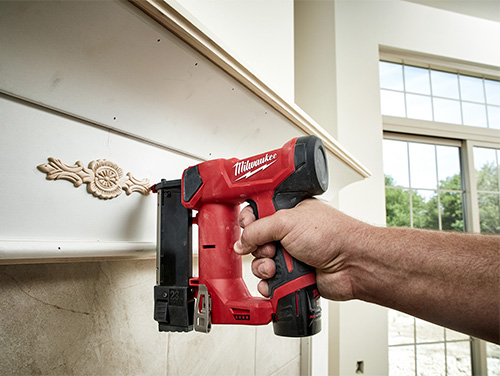
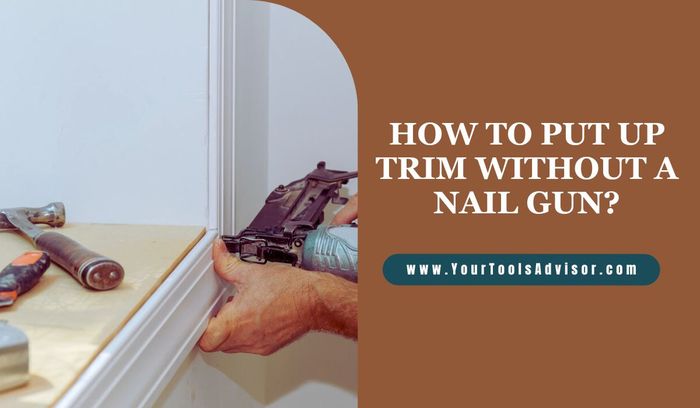
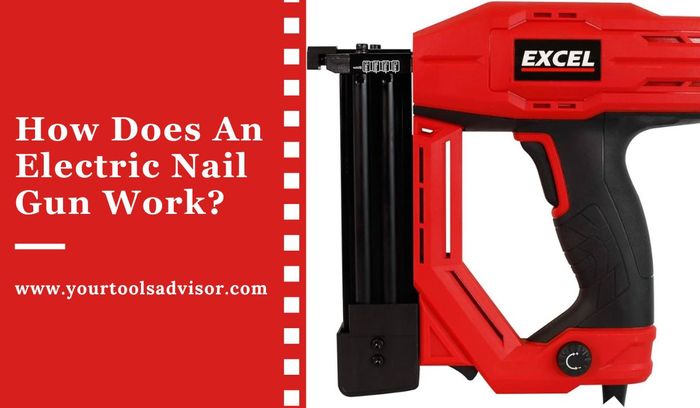
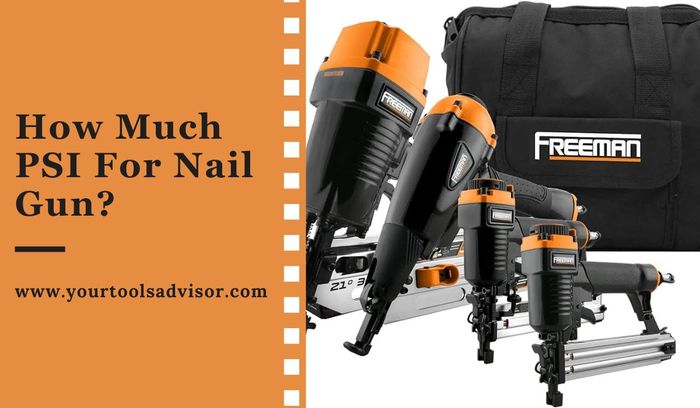
Leave a Reply